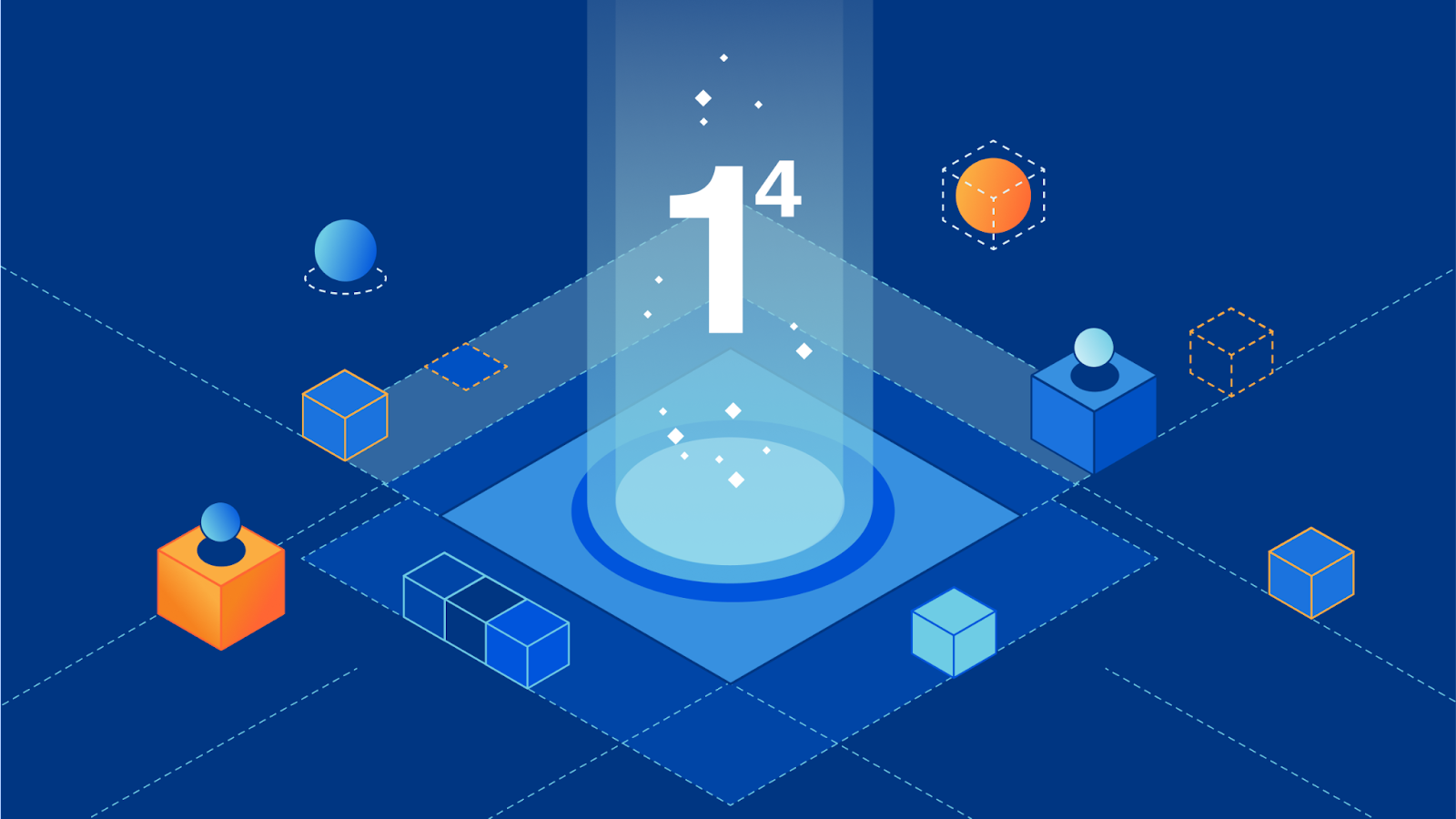How Rust and Wasm power Cloudflare’s 1.1.1.1


On April 1, 2018, Cloudflare announced the 1.1.1.1 public DNS resolver. Over the years, we added the debug page for troubleshooting, global cache purge, 0 TTL for zones on Cloudflare, Upstream TLS, and 1.1.1.1 for families to the platform. In this post, we would like to share some behind the scenes details and changes.
When the project started, Knot Resolver was chosen as the DNS resolver. We started building a whole system on top of it, so that it could fit Cloudflare's use case. Having a battle tested DNS recursive resolver, as well as a DNSSEC validator, was fantastic because we could spend our energy elsewhere, instead of worrying about the DNS protocol implementation.
Knot Resolver is quite flexible in terms of its Lua-based plugin system. It allowed us to quickly extend the core functionality to support various product features, like DoH/DoT, logging, BPF-based attack mitigation, cache sharing, and iteration logic override. As the traffic grew, we reached certain limitations.
Lessons we learned
Before going any deeper, let’s first have a bird’s-eye view of a simplified Cloudflare data center setup, which could help us understand what we are going to talk Continue reading
The path to 800 Gigabit Ethernet revealed
Sponsored Feature: It’s a universal and immutable truth that data volumes continue to ramp up at eye-wateringly high rates. …
The path to 800 Gigabit Ethernet revealed was written by Martin Courtney at The Next Platform.
Alternatives to IBGP within Multihomed Sites
Two weeks ago I explained why you might want to run IBGP between CE-routers on a multihomed site. One of the blog readers didn’t like my ideas:
In such a small deployment I assume that both ISPs offer transit, so that both CEs would get a default route from their upstream.
In this case I would not iBGP the CEs together but have HSRP running on the two CEs and track the uplink (interface and/of BGP session) to determine the active gateway.
Let’s see what could possibly go wrong with that design.
Alternatives to IBGP within Multihomed Sites
Two weeks ago I explained why you might want to run IBGP between CE-routers on a multihomed site. One of the blog readers didn’t like my ideas:
In such a small deployment I assume that both ISPs offer transit, so that both CEs would get a default route from their upstream.
In this case I would not iBGP the CEs together but have HSRP running on the two CEs and track the uplink (interface and/of BGP session) to determine the active gateway.
Let’s see what could possibly go wrong with that design.
Tech Bytes: ThousandEyes Enhances Data Correlation With OpenTelemetry (Sponsored)
Today on the Tech Bytes podcast we’re talking about OpenTelemetry with sponsor Cisco ThousandEyes. OpenTelemetry is an open collection of tools, APIs, and SDKs to help share telemetry data among different monitoring and analysis platforms to improve data correlation and visibility. ThousandEyes, the first network visibility platform to support OpenTelemetry, joins the podcast to discuss how it works, use cases, and more.Tech Bytes: ThousandEyes Enhances Data Correlation With OpenTelemetry (Sponsored)
Today on the Tech Bytes podcast we’re talking about OpenTelemetry with sponsor Cisco ThousandEyes. OpenTelemetry is an open collection of tools, APIs, and SDKs to help share telemetry data among different monitoring and analysis platforms to improve data correlation and visibility. ThousandEyes, the first network visibility platform to support OpenTelemetry, joins the podcast to discuss how it works, use cases, and more.
The post Tech Bytes: ThousandEyes Enhances Data Correlation With OpenTelemetry (Sponsored) appeared first on Packet Pushers.
Why Do YOU Have To Do It?

One of the things that I’ve seen as a common thread among people in the industry as of late is the subject of burnout. Sure, burnout is a common topic no matter what year we’re in but a lot more of what I’m starting to hear about is self-inflicted burnout. Taking on too many projects, doing more than one job, and even having too many things going on outside of your specific role are all contributors to burnout. How can we keep that from happening?
Atlas and His Burden
For me, one of the biggest reasons why I find myself swimming in frustration is because I am very quick to volunteer to do things. In part it’s because I want to make sure the job is done correctly. In another part it’s because I want to be seen as someone that is always willing to get things done. Add in a dash of people pleasing and you can see how this spirals out of control. I’m sure you’ve even heard that as a career advice at some point. I’ve even railed against it many times on this blog.
How can you overcome the impulse to want to volunteer to do Continue reading
Japan Buys Supercomputer Just To Predict Torrential Downpours
You know that climate change is a problem when a supercomputer to do short-term prediction of the formation of linear rainbands and the torrential downpours that they cause is 3.4X as powerful as the machines that do the day-to-day weather forecasting in a country. …
Japan Buys Supercomputer Just To Predict Torrential Downpours was written by Timothy Prickett Morgan at The Next Platform.
Network Break 419: HPE Buys Athonet For Private 5G; Exit Public Cloud, Save Millions?
Is the private 5G market big enough to justify HPE's acquisition of Athonet? Is saving money worth retreating from public cloud? Why are organizations still getting bit by basic cloud misconfigurations? Will an appetite for AI deliver results for Nvidia? We explore these and other questions in the latest Network Break podcast.Network Break 419: HPE Buys Athonet For Private 5G; Exit Public Cloud, Save Millions?
Is the private 5G market big enough to justify HPE's acquisition of Athonet? Is saving money worth retreating from public cloud? Why are organizations still getting bit by basic cloud misconfigurations? Will an appetite for AI deliver results for Nvidia? We explore these and other questions in the latest Network Break podcast.
The post Network Break 419: HPE Buys Athonet For Private 5G; Exit Public Cloud, Save Millions? appeared first on Packet Pushers.
How Cloud Technology Enables Proactive Security for Businesses
Leveraging open API and machine-learning capabilities allows organizations to build customized cloud security solutions tailored to their unique needs.Fortinet’s John Maddison Discusses the Convergence of Network and Security and Its Role in An Evolving Threat Landscape
Organizations today cannot build a network and then layer security on top of it. It's too complex and too slow. So, the convergence of networking and security is accelerating.Maximize your hybrid cloud mastery with the Ansible validated content
In today's environment, mastering the hybrid cloud has become a key factor in IT transformation and business innovation. In this context, network complexity can be a nightmare, especially as organizations expand their infrastructure and embrace hybrid cloud and multi-cloud strategies. Without automation, monitoring and controlling network routing, infrastructure, and security in a hybrid and multi-cloud environment are difficult to manage. Furthermore, identifying and resolving network performance issues in these infrastructures are quite challenging.
In one of the previous blogs, titled “Crank up your automation with Ansible validated content”, Nuno Martins highlighted the Ansible validated content included in Red Hat Ansible Automation Platform 2.3.
In this blog post, we will show you how to leverage the amazon.aws_troubleshooting Collection for hybrid cloud to troubleshoot network performance issues and maximize your hybrid cloud mastery. In particular, we’ll use the aws_troubleshooting.connectivity_troubleshooter role.
First, let’s take a look at the amazon.aws_troubleshooting Collection.
Deep dive on cloud.aws_troubleshooting
Let’s take a deep look at the amazon.aws_troubleshooting Collection. This Collection includes a variety of Ansible Roles to help troubleshoot AWS resources. The Collection includes the following roles:
- cloud.aws_troubleshooting.troubleshoot_rds_connectivity - A role to troubleshoot RDS Continue reading
Who Are The Most Overpaid Tech CEOs?
This post originally appeared in the Packet Pushers’ Human Infrastructure newsletter. You can get the newsletter for free here. Or don’t. That’s fine too. The tech sector has recently gone through a spasm of layoffs. Tens of thousands of jobs have been cut at companies such as Microsoft, Google, Cisco, and Salesforce. The cuts are […]
The post Who Are The Most Overpaid Tech CEOs? appeared first on Packet Pushers.